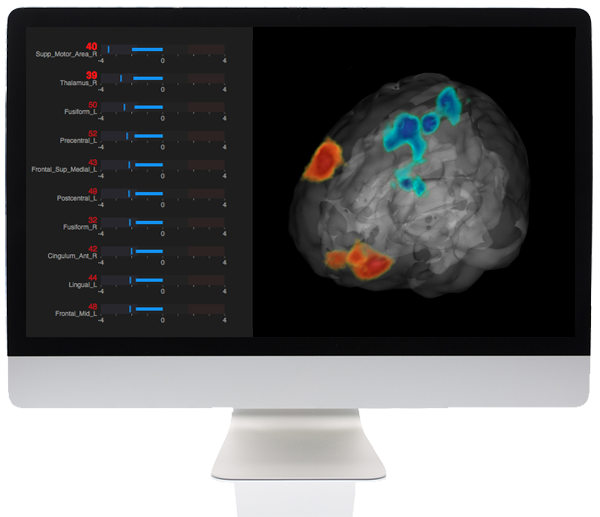Radiology is a highly fragmented, $18 billion industry with about 27,000 radiologists, more than 3,000 radiology groups and growing independent groups making up about 45% of the business.1,2 However, the increasingly competitive and complex healthcare environment is putting new growth challenges in front of radiology groups.
As reimbursement shifts from fee to value-based models, provider consolidation continues, and technology and infrastructure needs increase, smart radiology groups are looking to browser-based technologies as one way to stay ahead. These technology innovations are helping practices to diversify and increase productivity without compromising value-based care.
Browser-based radiology software removes the cost and time associated with installing on-premise servers at every site by instantly connecting practices within radiology groups. Radiologists who read for multiple sites would no longer have to switch to different imaging systems. Instead, a unified imaging system would allow radiologists to read seamlessly by using one interface. By implementing a unified platform, radiologists would be able to devote more time to direct clinical work, their highest value-add.
Advanced image processing programs can also improve quality of care by helping to reduce radiology diagnostic errors while increasing read times. For example, browser-based radiology software such as CereMetrix Silver can automatically detect, quantify and analyze brain function down to the voxel level. Other radiology software providers such as HealthMyne and Enlitic use machine intelligence to create algorithms to automatically identify and analyze abnormalities in other regions of the body.
Diagnostic error remains to a hurdle in improving the quality of radiology and overall interpretation of imaging examinations. According to a March 15 article published in the American Journal of Roentgenology, approximately 75% of medical malpractice claims against radiologists are related to diagnostic error. Additionally, perceptual errors – when an abnormality is identified in diagnostic imaging but remains unseen by the radiologist – accounted for 60 to 80% of imaging errors.3
As healthcare reform continues to be redesign, radiology groups will continue to feel pressure to do more with less all while trying to manage costs and grow. By investing advanced, broswer-based software, radiology groups can secure their place in the future.
References
- Steve Stang. Why Private Equity Likes Radiology. Middle Market Growth Trends Report; 2018, pp. 4-6.
- Jeff Swearingen. Private Equity and Radiology: The Bloom is on the Rose. Radiology Business Magazine; 2016 http://www.radiologybusiness.com/topics/healthcare-economics-policy/private-equity-and-radiology-bloom-rose
- Jason Itri, Sohil Patiel. Heuristics and Cognitive Error in Medical Imaging. American Journal of Roentgenology; 2018, pp 1-9 https://doi.org/10.2214/AJR.17.18907




